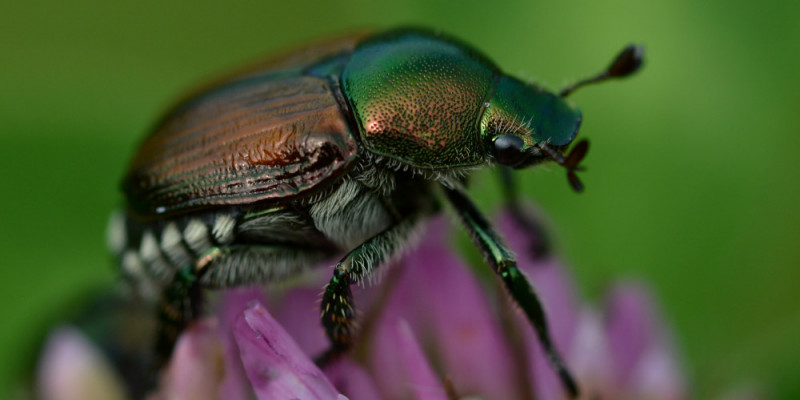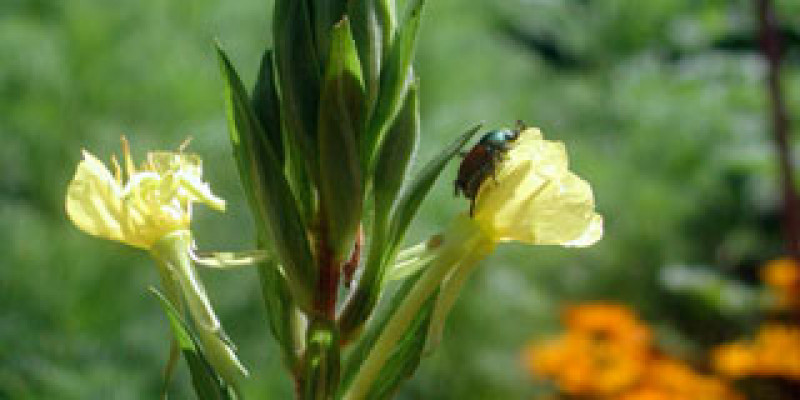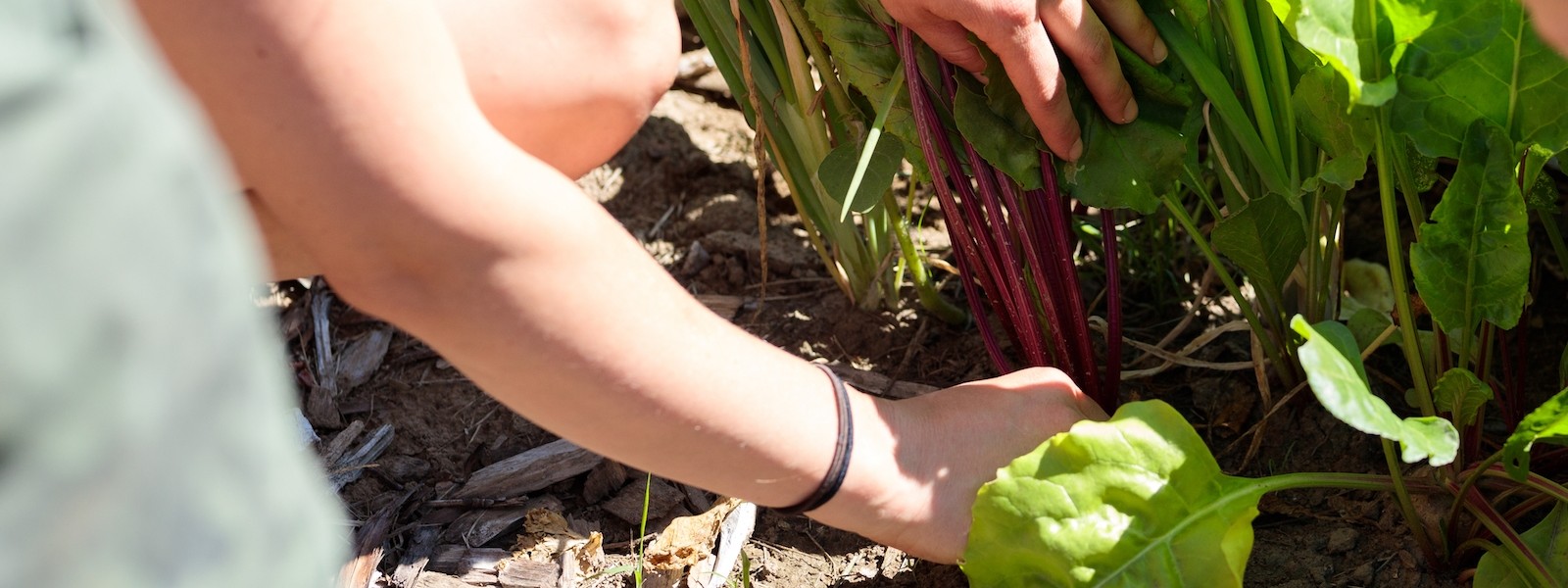Use a Trap Crop To Control Japanese Beetles
The Japanese beetle is not a very picky eater. It will happily consume over 300 species of plants, although they particularly love roses. Adult beetles will travel great distances to eat the soft parts of the leaves, leaving them looking almost skeletal.
There are several organic methods for reducing your beetle population including: milky spore, nematodes, or a simple trap crop.


Evening Primrose
Evening Primrose is one of the best trap plants for Japanese beetles, and it commonly volunteers in the garden as a weed. It’s one of those ‘weeds’ that is perhaps more interesting than many of the plants we purposefully place in our gardens.
Leave a few around roses and other plants that beetles like (or transplant them when they are young). The baby rosettes are easy to spot and keep forming all summer so there is a ready supply, especially if you let one go to seed last year.
Identifying evening primrose
Four distinct features of the plant are:
- Whirled leaves, that is has leaves that all come from the main stem, starting as a basal rosette at ground level, and whirling around the stem all the way to the growing tip, which can be 4 feet tall on an adult plant.
- The leaves are green and lanceolate shaped with a distinct white main vein lengthwise on the leaf, some of the bottom leaves are usually tinted or splotched in red.
- The flower, starts to form it’s tall spike in early July. The blossoms are yellow and whirl around the main stem the way the leaves do.
- Most of the time the plant is covered in Japanese beetles, or lots of holes evidencing that they have been there.
Try this trick daily!
Take a large brown paper bag and put it over top of the evening primrose covered in beetles. Tilt the whole plant sideways and shake or tap the plant so the beetles fall in to the bag. Quickly remove the bag without losing the beetles and close the bag. Dispose of the beetles in any manner you wish, dumping them in to a bucket of soapy or salty water is the easiest way to kill them.
We recommend doing this daily to keep a balance in the beetle population.
Interested in learning more? The Grower’s Library at Johnny’s Selected Seeds may have the information you’re looking for.

